

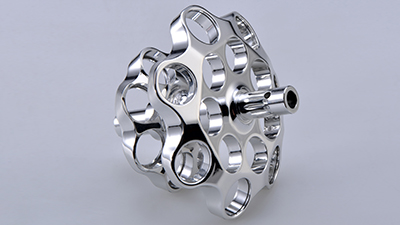
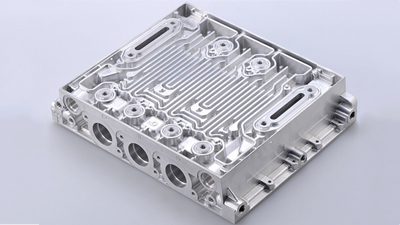
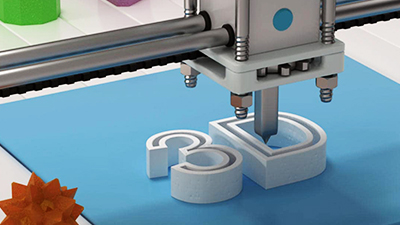
Previous: How to choose between 3D printing and CNC machining for prototypes. Today, Mastars shares the two major technologies of 3D printing with you, namely SLS and SLA.
SLS technology
SLS is called powder sintering. Powder and sintering are the characteristics of SLS. SLS printing technology is to lay a layer of powder material on the upper surface of the formed part and heat it to a temperature just below the sintering point of the powder.
The laser beam is controlled to scan on the powder layer according to the cross-sectional profile of the layer, so that the temperature of the powder is raised to the melting point, sintered and bonded with the formed part below. After the completion of one layer, the worktable is lowered by one layer, and the spreader rolls spread a layer of uniform and dense powder on it, and sinter a new layer of cross-section until the entire model is completed.
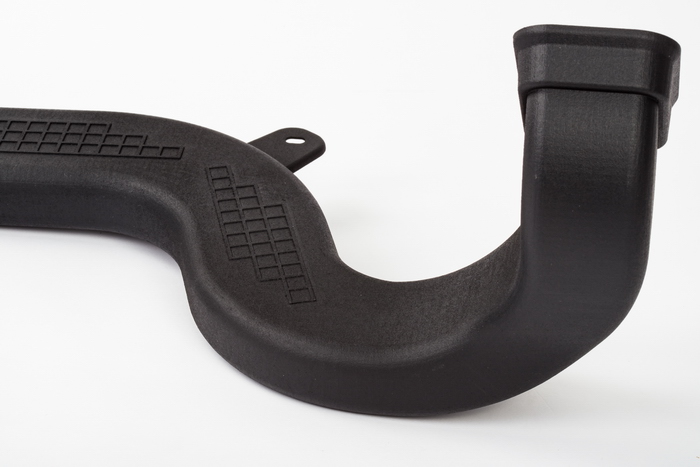
1. No support required. It does not need a support structure, and the suspended layer that appears during the lamination process can be directly supported by the unsintered powder, which should be one of the biggest advantages of SLS.
2. There are many types of materials in the SLS process, including polymers, metals, ceramics, gypsum, nylon and other powders. However, due to the refinement of the market, it is now called SLM in the field of metal materials. At the same time, because 90% of the materials used by SLS in the market are nylon materials, the default is usually nylon materials for SLS printing.
3. The utilization rate of materials is high. Since there is no need for support and no need to add a base, SLS has the highest material utilization among several common 3D printing technologies, and the price is relatively cheap, but it is still more expensive than SLA.
1.Since the raw material is powdery, the product is manufactured by heating and melting the material powder layer to achieve layer-by-layer bonding. Therefore, strictly speaking, the surface of the product is powdery and granular, so the surface quality is not high. If you have high requirements for surface quality, you can choose SLA, or do a spray treatment to the SLS surface.
2. The sintering process has peculiar smell. In the SLS process, the powder layer needs to be heated to a molten state by laser, and the polymer material or powder will volatilize odorous gas during laser sintering.
3. I think this is a relatively obvious disadvantage of SLS, that is, the processing time will be longer. If the same part is printed by SLS and SLA respectively, obviously the delivery time of SLS will be longer. It does not mean that the equipment manufacturer is not strong enough, but it is actually determined by the molding principle of SLS. SLS is sintered molding. Before processing, it requires 2 hours of preheating time; after the part model is printed, it takes 5 to 10 hours to cool down before it can be taken out from the powder cylinder, it takes a bit longer.
4. Due to the use of high-power lasers, in addition to the cost of its own equipment, it also requires a lot of auxiliary protection processes, and the overall technical difficulty is large, the manufacturing and maintenance costs are very high, so ordinary users cannot afford it.
SLA technology
SLA, Stereo Lithography Appearance. The liquid tank is filled with liquid photosensitive resin, which is rapidly cured under the irradiation of the ultraviolet laser beam emitted by the laser (SLA is different from the laser used in SLS, SLA uses ultraviolet laser, while SLS uses infrared laser). At the beginning of molding, the liftable worktable is below the liquid level, just reaching the height of one section layer thickness.
The laser beam focused by the lens scans the cross-sectional profile along the liquid surface according to the machine instructions. The resin in the scanned area is rapidly cured, thus completing the entire processing of the one-layer section. Then, the worktable is lowered by the thickness of one layer of sections, and then another layer of sections is cured, so that the three-dimensional solid is built up layer by layer.
In fact, the processing principle of SLS and the related principle of SLA are the process of descending the worktable layer by layer, but SLS is paved with powder, and SLA is paved with liquid resin.
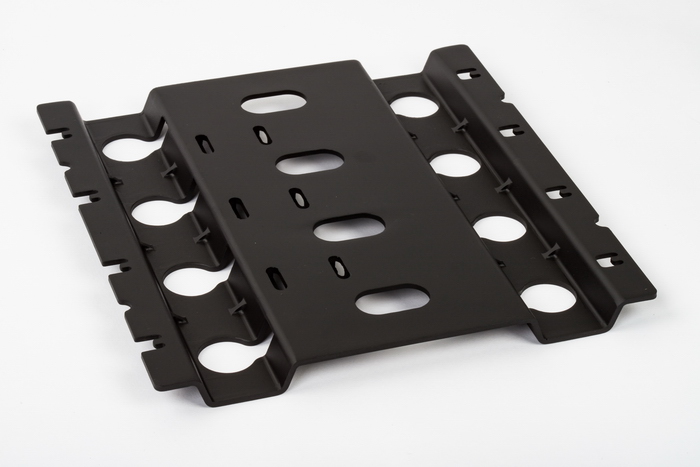
5. Large-size models can be printed. At present, SLA equipment on the market can process models that are close to two meters. If your model size is within two meters, you can directly shape them. However, it is not known that SLS can print such a whole big size.
2. Since the material is resin, it will melt if the temperature is too high, so the working temperature cannot exceed 100 °C. And after curing, it is brittle and easy to fracture.